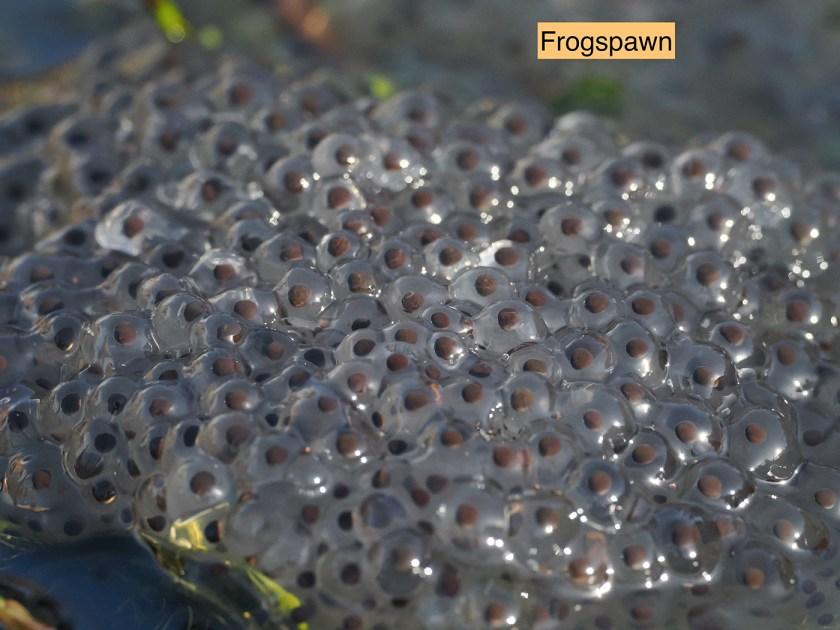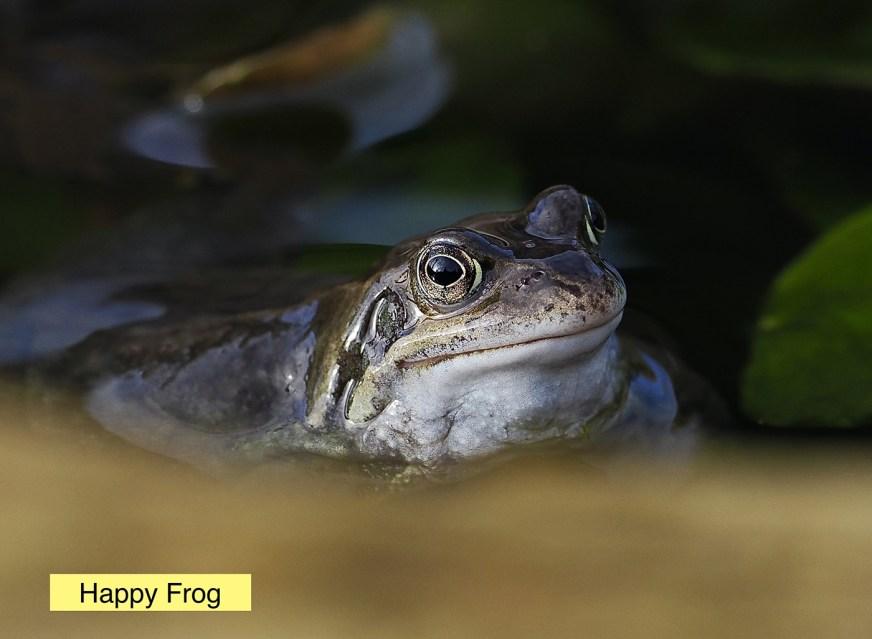
3 minute read
Nature's Corner
Leaping into Spring.
There was great excitement recently in our small wildlife pond that Jackie and I created four years ago. The same thing happened just over twelve months ago on February 18th after a milder spell than we have had of late; yes, there was a commotion in the water whenever the pond was approached as the Frogs that had paired up a few weeks back in January had started to produce Frogspawn – this being three days later this year on February 21st, as until a couple of days before that the weather had been bitterly cold and not at all ideal for egg laying.

It was around the middle of January when I first noticed the smaller male Frogs hanging on to their chosen female partner who is a little bit larger than him; he sits on her back and awaits the moment when the temperature is just right and fertilises the spawn as it is produced by the female. I noticed at one point when presumably the females were outnumbered by some of the very keen males, that there was a group of them trying to gain a purchase on a female with the poor girl being surrounded by at least four males in a virtual ball of Frogs, although the original boy frog was still in position on her back clinging on for dear life only to encounter an attempted ambush at the last minute!
The croaking and splashing emanating from the small pond was a joy to hear and it’s easy to imagine that they all had a smile on their face knowing they’ve found somewhere acceptable to breed. They were not particularly loud but were definitely audible for three days until approximately a dozen separate clumps of about 2000 eggs were left in the water.

Some of the spawn was left protruding above the surface and can be liable to damage from frost and sunlight; any dead eggs will show as white or grey and should be left as they will protect the eggs in the centre of the clump. The healthy eggs appear as tiny black dots in amongst a ball of jelly, and soon begin to change shape, becoming oval as they grow before hatching after between 1 and 3 weeks and gathering as Tadpoles in groups feeding initially on the egg sack jelly before moving onto eating plants and vegetation.

Only about 1 in 50 tadpoles will survive to become an adult Frog, so about 40 will make it through per clump of spawn.
We can now look forward to watching the Tadpoles develop, eking out an existence until the day, some 14 weeks later that they emerge from the pond as tiny Froglets and make their way in the world, which means spending time in long grass and under stones and logs etc.
Last year we were aware that the tiny frogs were present in the grass surrounding the pond and so endeavoured to take great care with any cutting, gardening and even walking in the plot as it was a common occurrence to see a sudden movement in the grass when mooching about so literally a case of treading carefully.
A true early indicator that Spring is nigh and a pleasant reminder of time spent during our younger days when life seemed much simpler.......
Dave Parry.










